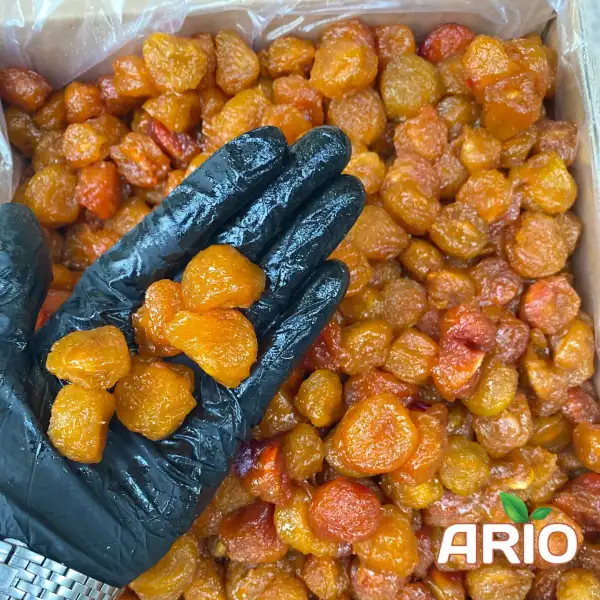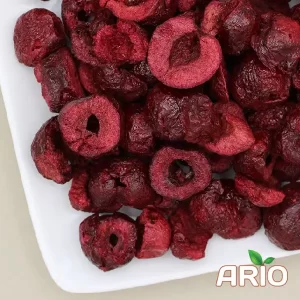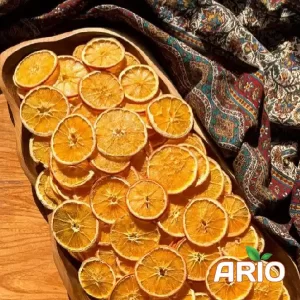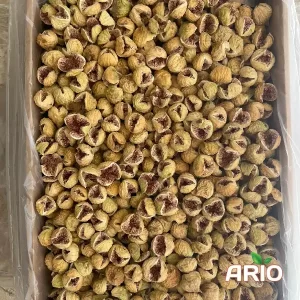Understanding Dried Aloo Bukhara and Its Origins
Dried Aloo Bukhara is made from plums that are sun-dried or dehydrated to preserve flavor, nutrients, and shelf life. Traditionally grown in regions of Iran, Afghanistan, and northern India, these plums are known for their rich color, chewy texture, and balanced tartness.
Scientific studies show that plums contain high levels of antioxidants, including chlorogenic acid, which may reduce oxidative stress (Tata AIG, 2024). They are also a good source of vitamin A, vitamin C, potassium, and dietary fiber, making them a nutritionally dense product suited for a health-conscious market.
Culinary and Industrial Uses of Dried Aloo Bukhara
Dried Aloo Bukhara is a staple in Persian, Indian, and Middle Eastern cuisines. It is used to add depth to stews, pilafs, and chutneys, or as a sweet-sour element in savory dishes. In Europe, it’s increasingly used in sauces, baked goods, snack bars, and baby food due to its high fiber and natural sweetness.
Buy dried fruit in bulk
Industrial food processors value prunes for their moisture-retaining qualities, which extend shelf life in baked goods. According to eMediHealth, regular consumption is linked to improved digestive health and liver function—attributes that boost marketability in health-conscious demographics.
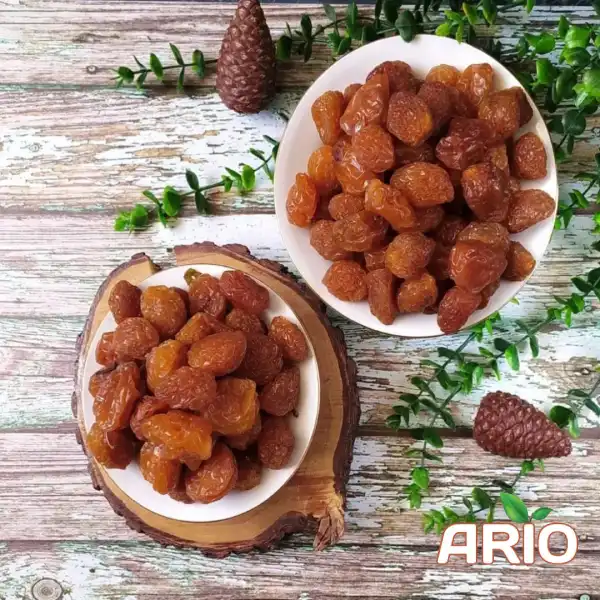
Reliable Sourcing and Procurement Strategies
Sourcing high-quality Dried Aloo Bukhara in bulk requires evaluating producers based on certifications, product origin, drying methods, and packaging standards. Leading export regions include Iran, which is known for its high-altitude orchards and traditional sun-drying techniques.
1. Identify Reputable Suppliers
Look for suppliers with ISO or HACCP certifications and a strong export record. Request product samples and testing reports, especially when sourcing from new vendors.
2. Evaluate Bulk Pricing and MOQ
Suppliers typically offer pricing tiers based on quantity. Establish minimum order quantities (MOQs) that align with your logistics capacity. Include clauses for product quality, lead time, and damage liabilities in your procurement contracts.
Standards and Quality Assurance in Dried Aloo Bukhara
Quality standards for dried fruits vary by region but typically include:
- Moisture content under 23 percent.
- Absence of sulfur dioxide (for organic-grade).
- Uniform size and color.
- No infestation or mold.
Certifications such as Organic, Fair Trade, and ISO22000 add credibility. Ensure storage temperatures stay below 10°C to maintain texture and shelf life.
Growing Market Demand and Emerging Trends
The global dried fruit market is projected to reach $13.7 billion by 2027, with a CAGR of 5.8% (Statista, 2023). In France and broader Europe, increased awareness of functional foods is fueling demand for dried fruits with health benefits. Retailers now prefer eco-conscious and traceable supply chains, which makes origin certification and sustainable practices valuable selling points.
Import Logistics and Customs Considerations
Importing Dried Aloo Bukhara into the EU requires compliance with food safety regulations under EU Regulation (EC) No 852/2004. Your checklist should include:
1. Transport and Packaging
Use food-grade, moisture-resistant packaging. Sea freight is most cost-effective, but air freight is viable for smaller, high-value consignments.
2. Customs Documentation
Prepare these essential documents:
- Certificate of Origin
- Phytosanitary Certificate
- Commercial Invoice and Packing List
- Test Reports (for contaminants)
Customs clearance in France typically takes 2 to 5 days if documentation is in order.

FAQ
Iran, Afghanistan, and parts of India are leading producers, with Iran known for high export quality.
Keep in airtight containers at temperatures below 10°C to preserve moisture and prevent spoilage.
Properly stored, Dried Aloo Bukhara can last up to 12 months without losing quality.
Pricing depends on origin, drying method, certification, grade, and international market demand.



